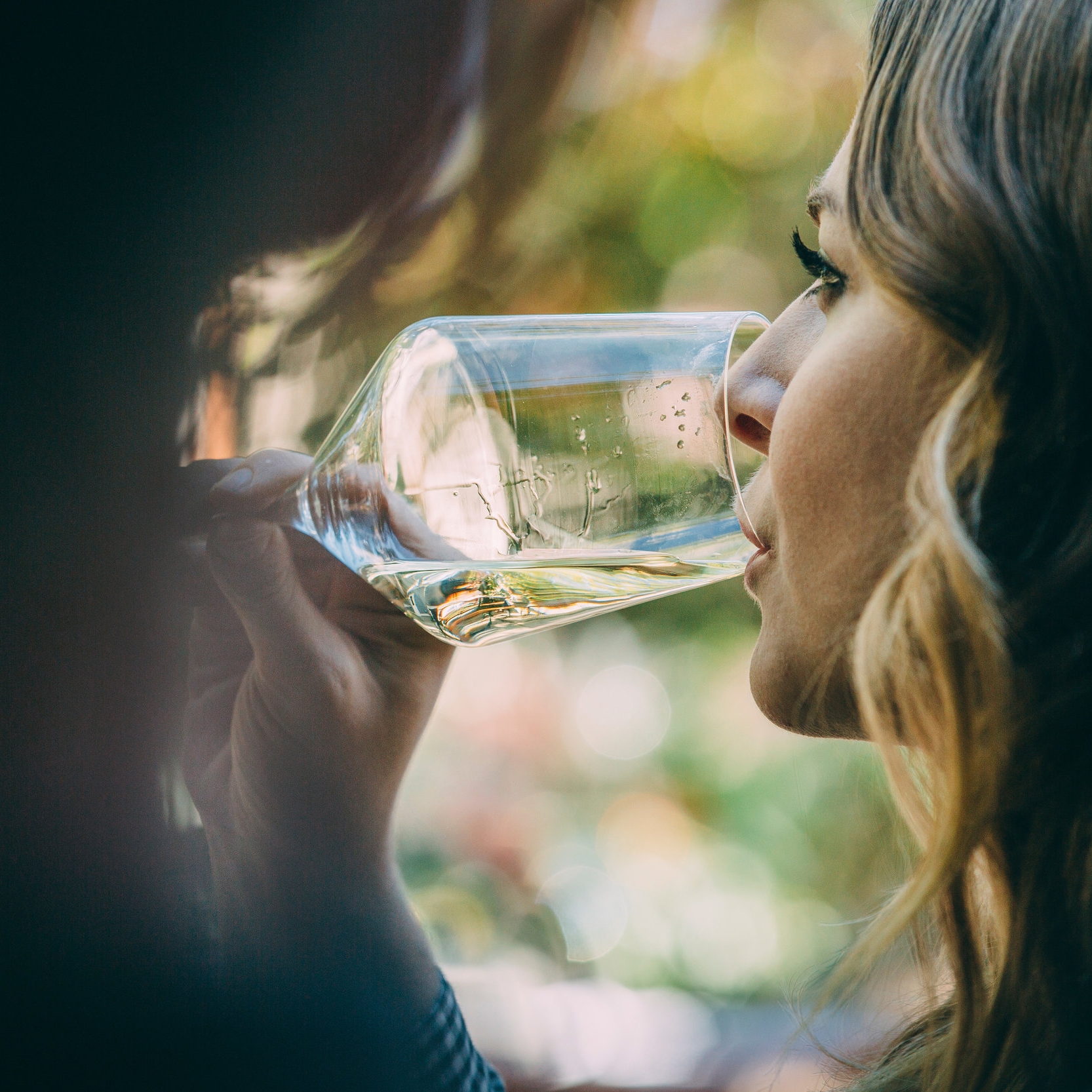5 Tips for Purchasing Wine Glasses
Let’s paint the picture… You just moved into your new place, and you are ready to invest in a good set of wine glasses. You arrive at the store with excitement and anticipation, and as you approach the wine glass section, you find yourself staring at shelf upon shelf of options. So how do you choose? Selecting glassware can be as intimidating as selecting a bottle of wine. There are a lot of glassware options including stem, material and style. Let’s look into the reasoning behind the selections and give you some information to narrow down the options.
1. Stem or Stemless
A classic dilemma. Stemless glasses can be seen as more trendy or modern, plus they don't tip over as easily, which is a huge bonus. However, that little stem can serve a huge purpose. The stem provides a handle, and therefore layer of protection from heating your wine up. When holding your glass for long periods of time by the bowl of the glass, the temperature could increase, causing an abrupt change in experience, especially when drinking a chilled, crisp white wine. This may not be a defining factor for you if you typically use your wine glasses at the dinner table, and usually open up some bigger red wines.
2. Material
Wine glasses can come in glass or crystal, and there is a price different between them. Most wine enthusiasts consider the rim of the glass to be the most important feature – the thinner the better. Both glass and crystal are capable of making thin wine glasses. Glass is generally less expensive and fairly durable. It’s easy to clean, either by hand or in the dishwasher. Crystal is more expensive and more fragile. It’s porous and must be gently hand-washed with cool water and fragrance-free soap.
3. Styles
There are a variety of different wine glass styles, each presumably designed to highlight a specific varietal or wine style. Most wine glasses have the teardrop shape in common. This shape helps concentrate the aromas in the center of the glass and causes alcohol vapors to cling to the sides. Higher alcohol red wines with bold aromas usually taste better served in larger, wider glasses, while crisp white wines with delicate aromas and lower alcohol usually taste better in smaller, narrower glasses.
4. Champagne Flutes or Coupes
A coupe is a wide, relatively flat, traditional Champagne glass shape. The large surface area allows for you to enjoy the various aromas lifting out of the glass, but do pose the risk of spilling, since they are so open at the top. Conversely, flutes are tall, slender glasses that display the stream of bubbles as you pour. Because these glasses are typically quite narrow, capturing the aromas of your wine can be a bit harder. If you need a tiebreaker, standard white wine glasses can be that happy medium because of their larger surface area, and ability to showcase the stream of bubbles as you pour.
5. Price Point
The price of wine glasses can range from under $6 to over $60 a glass. The right price for you depends on what you like to drink, how you like to entertain, if you don’t mind hand-washing and how much you are willing to spend. If you can only afford one wine glass, look for a medium-sized wine glass with a thin rim – it works well for just about any wine.

